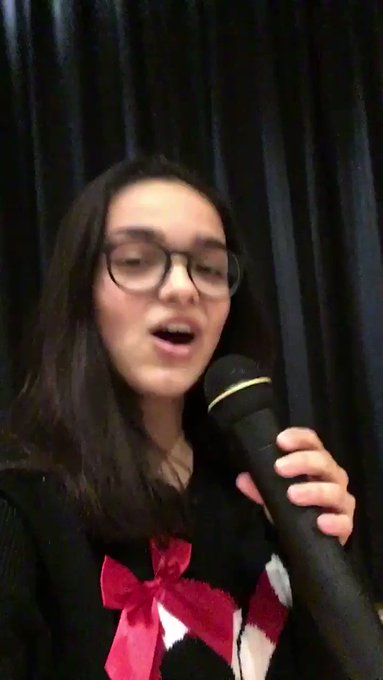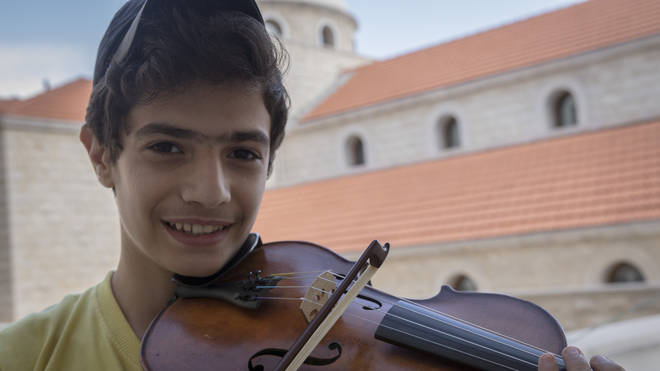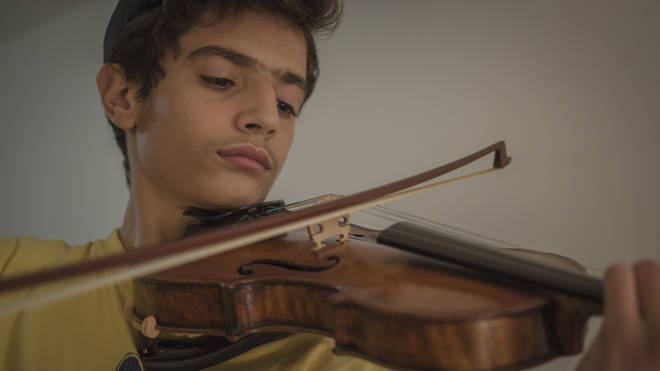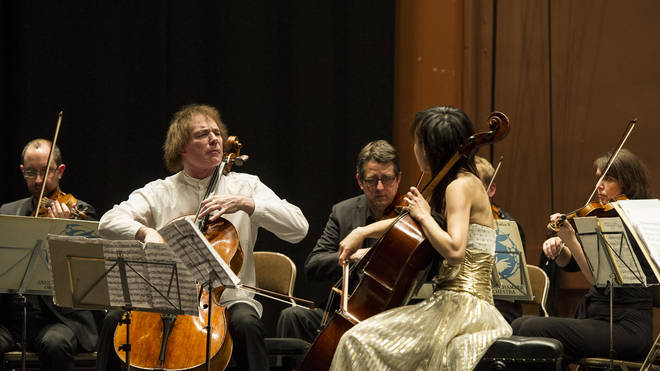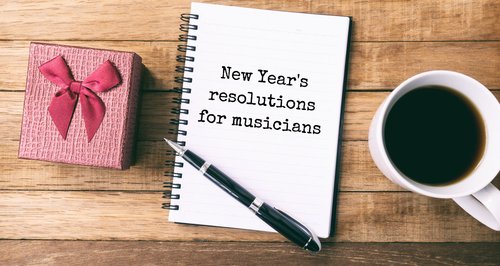Meet the teenager playing Maria in the ‘West Side Story’ remake
By: Maddy Shaw Roberts, ClassicFM London
The high school student has been selected from a pool of 30,000 applicants to play Maria in Steven Spielberg’s remake of ‘West Side Story’. Here's everything you need to know about the rising star, from her resume and Twitter account to her ethnicity.
is a 17-year-old Colombian-American actress and singer-songwriter from New Jersey, who will star in the upcoming remake of .
She will make her film debut as Maria, opposite Baby Driver actor as Tony.
One of 30,000 applicants, Zegler applied for the role after seeing a casting call on Twitter asking for Latino and Latina actors.
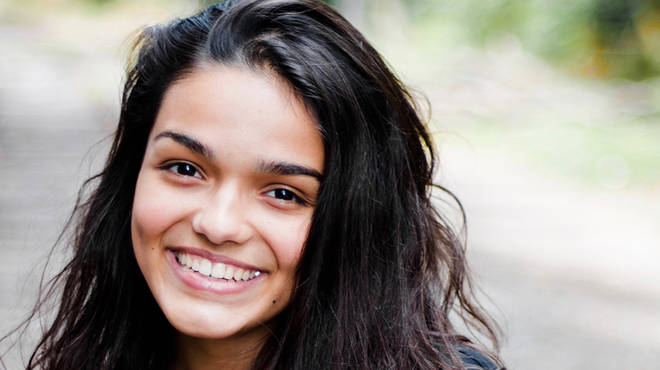
What is Rachel Zegler’s resume?
Although she is a newcomer to the film industry, Zegler is no stranger to the role of Maria – having first played the character in a Performing Arts School presentation of West Side Story at the Bergen Performing Arts Centre.
Throughout her teens, Zegler has starred in local, regional and school productions of Thoroughly Modern Millie, 42nd Street and RENT, as well as doing occasional work as a wedding singer.
She has also taken on the role of Belle in Beauty and the Beast, Serena in Legally Blonde, Cosette in Les Misérables and Ariel in The Little Mermaid.
In 2016, the young actress was nominated for a Metropolitan High School Theater Award for her role in Beauty And The Beast, according to .
What is Rachel Zegler’s ethnicity?
Zegler was born in New Jersey to a Polish father and a Colombian mother.
When news broke of her role, she posted on Instagram: “When I played Maria on stage a few summers ago, I never could have imagined that I’d be taking on the role again in Steven Spielberg’s West Side Story.
“As a Colombian-American woman growing up in this day and age, strong roles like Maria are so important. To be able to bring that role to life— a role that means so much to the Hispanic community— is so humbling.”
In West Side Story, Maria is of Puerto Rican descent. In the 1961 film adaptation she was played by American actress .
Spielberg told : “When we began this process a year ago, we announced that we would cast the roles of Maria, Anita, Bernardo, Chino and the Sharks with Latina and Latino actors.”
His casting, which includes Ariana DeBose as Anita and David Alvarez as Bernardo, has been widely praised on social media.
Follow Rachel Zegler on Twitter, Instagram and YouTube
Zegler already has an impressive social media following, with 85,000 followers on YouTube, 60,000 on Instagram and 50,000 on Twitter.
Last year, Zegler found viral fame when she posted a video of herself singing ‘’ from A Star is Born. The video garnered over seven million views on Twitter.
Her YouTube channel is equally popular, with the ‘Shallow’ video boasting a huge eight million views. Her first upload to YouTube was in 2015, when she shared a performance of ‘The Wizard and I’ at a youth event group in Clifton, New Jersey. She was 15.
“Welcome to the life of a theatrical mess named Rachel Zegler,” she writes on her intro to her channel.
“I’m Rachel, and I am incredibly infatuated with theatre, musicals, and the people who help them to happen!! Follow me around as I show you how much I love what I do, and how I manage to do it all while juggling my entire life.”



